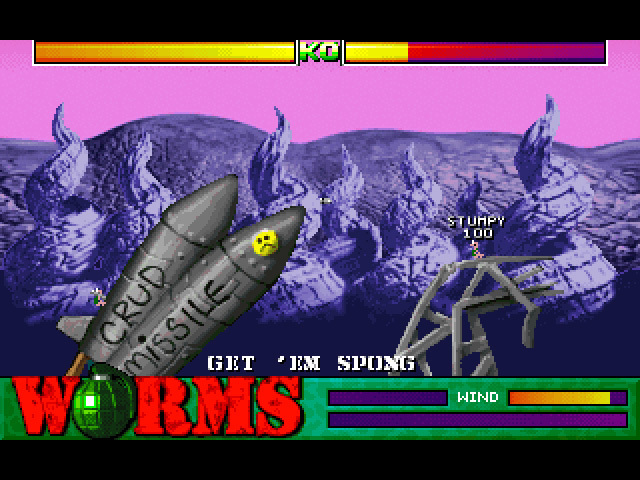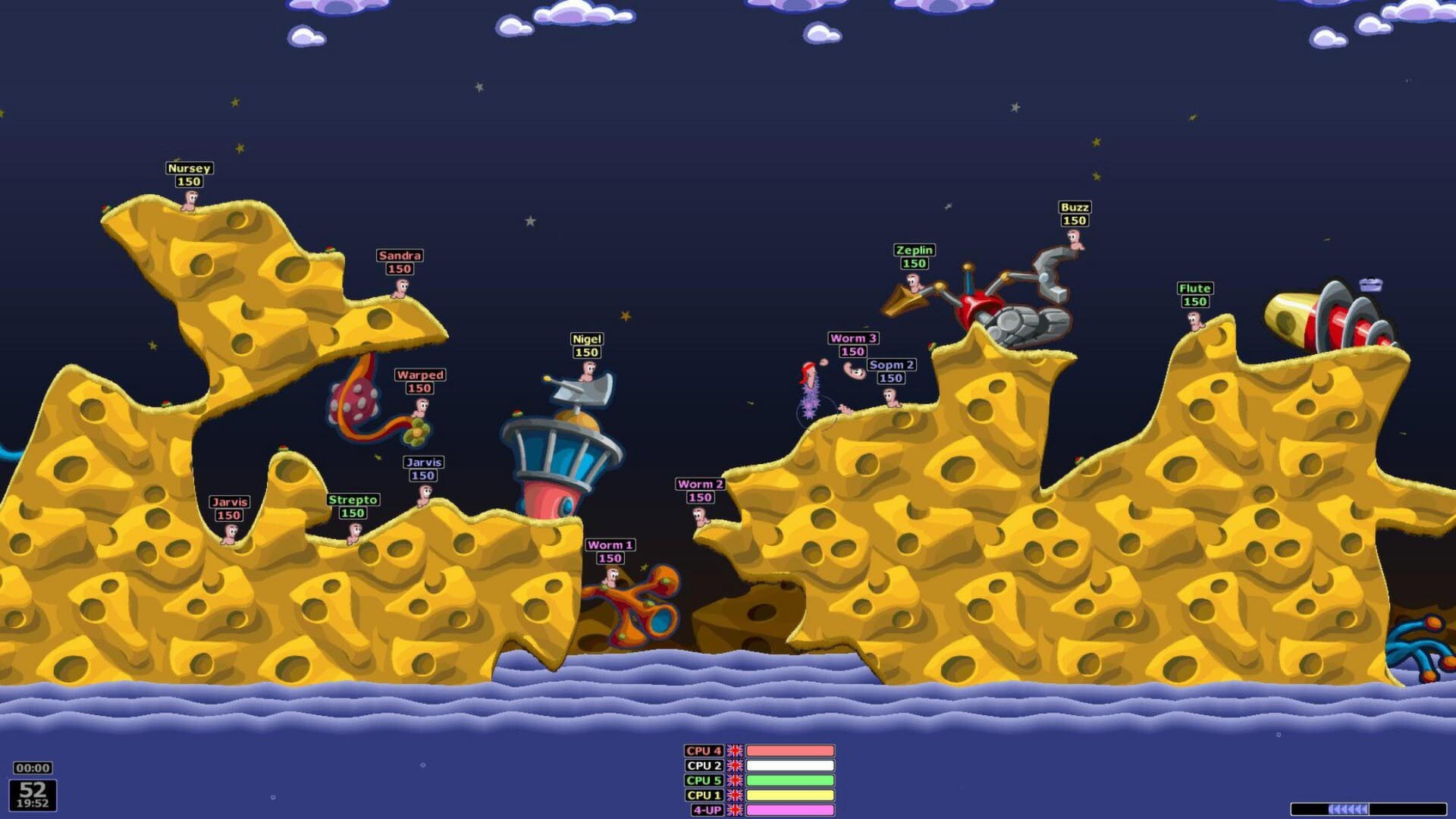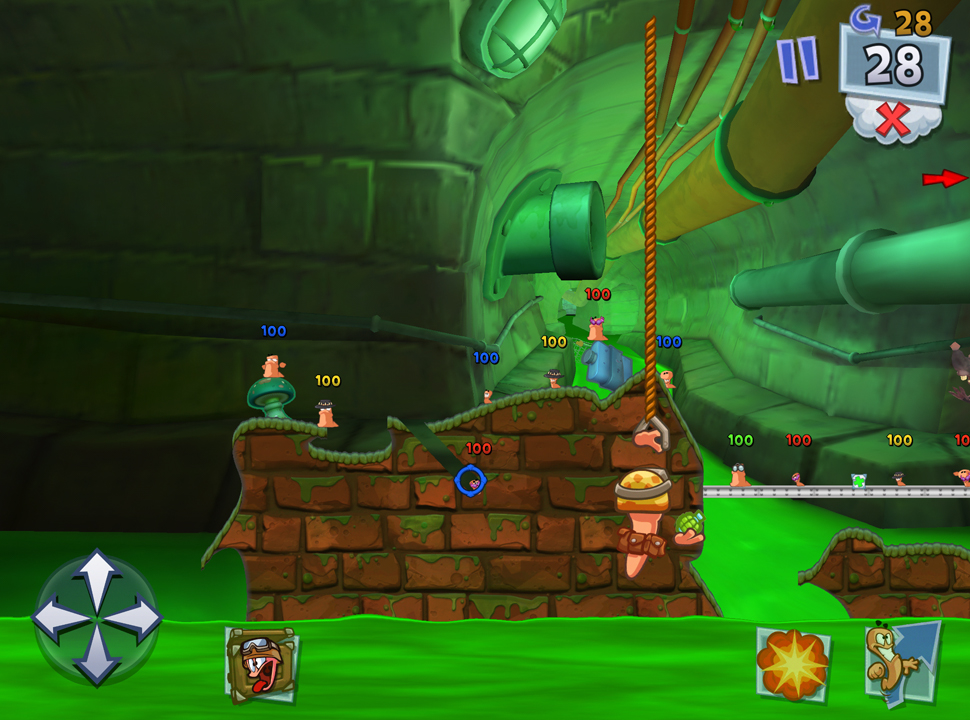
This is not the case with the normal simulation we’re used to: with the usual emulation you try to create an application on completely another hardware (another processor, another memory, etc.), and it tries to emulate the behaviour (mimic) of another hardware, but doesn’t use the same low level logics and can achieve the best compatibility only with really enorm resources. all CPU commands, frequency, memory speed, etc.). The hardware simulation is considered to be the next step in the “emulation” chain, alsmost indistinguishable from the real hardware because it simulates the original hardware on the lowest levels possible (FPGA recreates logically the hardware, e.g. With MiSter we can can simulate older hardware (like retro computers or consoles). MiSTer gained much more popularity in recent time and cores are created or updated almost on daily basis.

Sadly, MiST is not produced anymore and isn’t actively supported either (though some cores are now migrated from MiSTer back to MiST and new cores appear from time to time, but seldom!).


MiSTer can be seen as an updated and enhanced version of another popular FPGA system, called MiST.


 0 kommentar(er)
0 kommentar(er)
